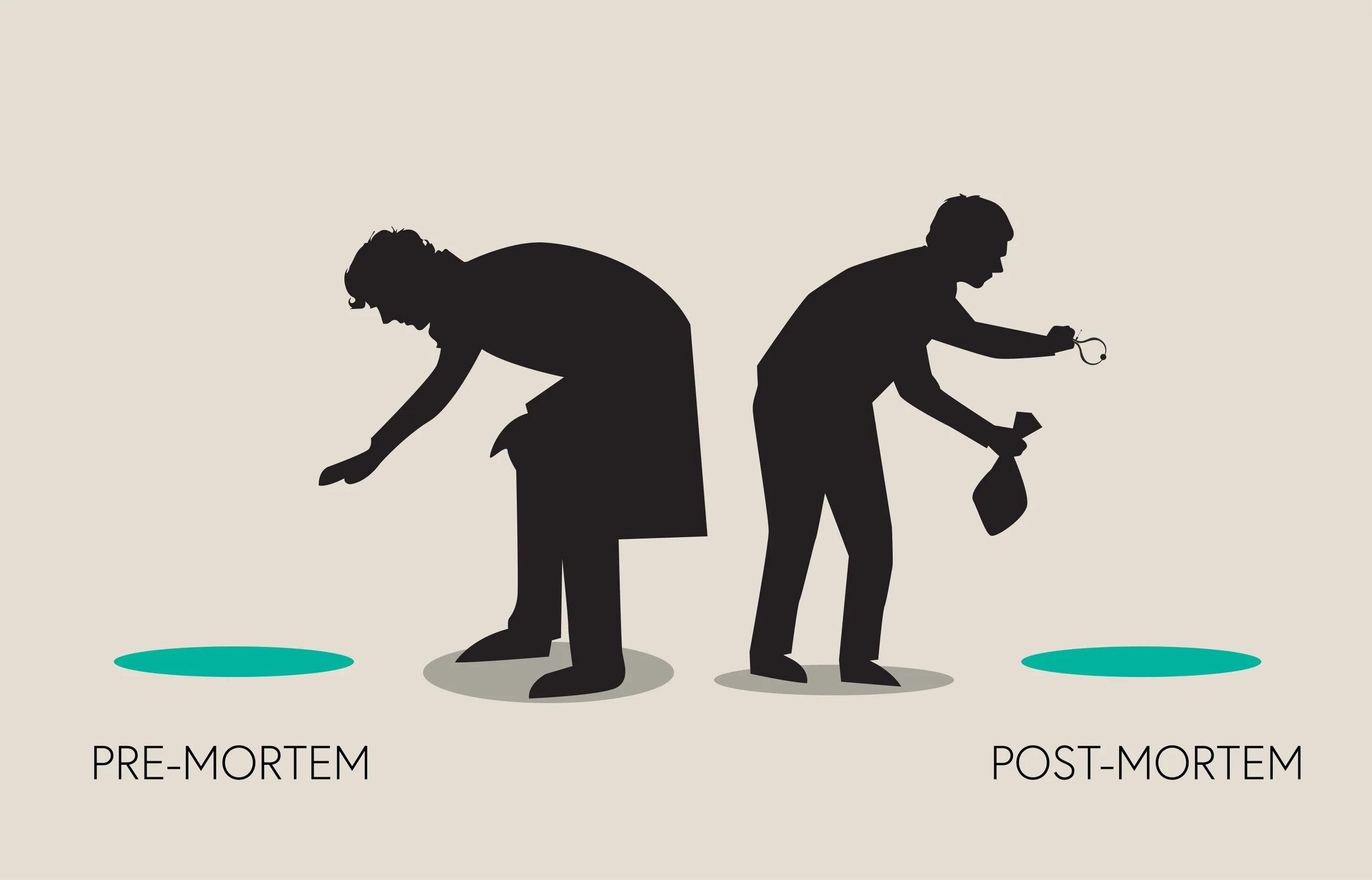The quick thinking Polish warship captain who saved Cowes
The ability to think laterally is a key problem solving skill. In this true story, it became a life saving one.
WWII offers up a treasure trove of interesting stories.
Many of them share the brilliant, spur of the moment thinking of individuals faced with a life threatening situation.
On 4th of May 1942, a squadron of 160 German bombers flew across the English Channel to attack the Isle of Wight’s capital, Cowes.
The small island was woefully equipped for such an event and it seemed almost certain that the invading aircraft would destroy the town and killed hundreds of people.
What the Germans hadn’t counted on was the response from an unlikely source: the Polish Navy.
Built in 1935, the ORP Blyskawica (mean 'lightning’) was a destroyer that was in the port of Cowes for repairs.
Although the vessel was in port, she was technically still armed. Besides, her guns were by far the most serious armaments available anywhere on the island.
As the planes bore down on the island, the captain, undaunted and thinking on his feet, ordered a number of his men back on deck and instructed them to ready the ship's guns.
As soon as they were ready, the captain gave the command and his team of gunners fired a heavy volley of shells at the attacking forces.
It was a masterstroke of thinking under extremely pressured conditions. Firing the ship's weapons when docked was not normal procedure.
The counter attack was enough to persuade the Germans to turn around and head back.
This unorthodox decision by ORP Blyskawica's commander undoubtedly saved Cowes and the lives of many of its inhabitants.
It is difficult to think laterally at the best of times. Often your first response to an unusual solution is going to be “we can’t do that!” or "that'll never work."
Try to stop yourself at that moment in time and ask yourself “why not?” Develop a habit of challenging your own assumptions and writing down your ideas no matter how fanciful they may sound initially.
A helpful approach to encourage lateral thinking is known as the 'Six Thinking Hats' exercise.





